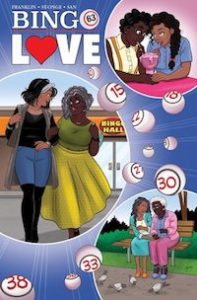


Much more specifically, though, we have lost the idea of criticism as a professional class. We can lose that without tremendous gnashing of teeth, I think art that is truly universal has always been precious and rare, and for the most part, the idea has been invoked as a dodge to protect the narrow interests of a cultural elite that served specific class, race, and gender constituencies. One is the slow but steady degradation of the concept of ‘universality’, of the notion that great art is able to speak to everyone everywhere regardless of their conception of self-identity. Nothing comes without cost in the internet era, though, and representation, however positive its value on its face, has been accompanied by some unintended consequences. Not only that, but those stories can now be funded and publicized through a medium that speaks directly to their target audience, and for critics representing their peers to have conversations about their meaning. We can rightly lay a lot of the sins of our current time on the internet, but one unimpeachably positive effect it’s had is that of giving voice to the voiceless, and of allowing people who want to tell stories that weren’t often told before to do so. If we are undergoing a reckoning, it’s one that’s a long time coming, and that we (my ‘we’ is that of a cis white male) brought on ourselves with decades, even centuries, of exclusion, intentional or otherwise.

And for far too long, the domination of conversations by mostly white, mostly male, mostly cisgender, and mostly heterosexual critics was taken as the normal state of affairs, just as was the invisibility of characters from outside those definitions in the art itself. In an era when representation has become an almost obligatory subject in any discussion about any art form, one objection that gets raised when critics weigh in on a story that isn’t written by or targeted at their specific race, age, gender identity, or sexual preference is expressed thusly: “It isn’t for you.”įair enough.


 0 kommentar(er)
0 kommentar(er)
